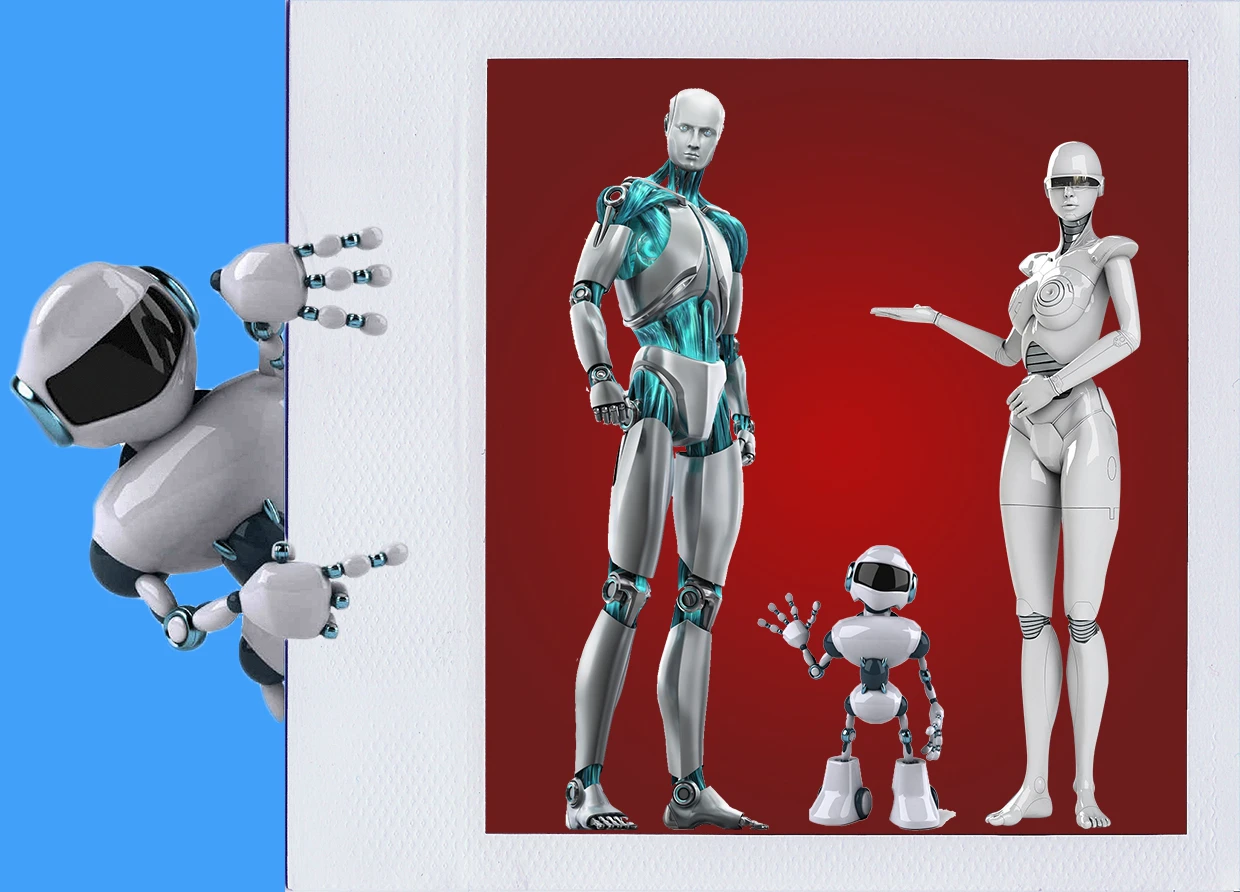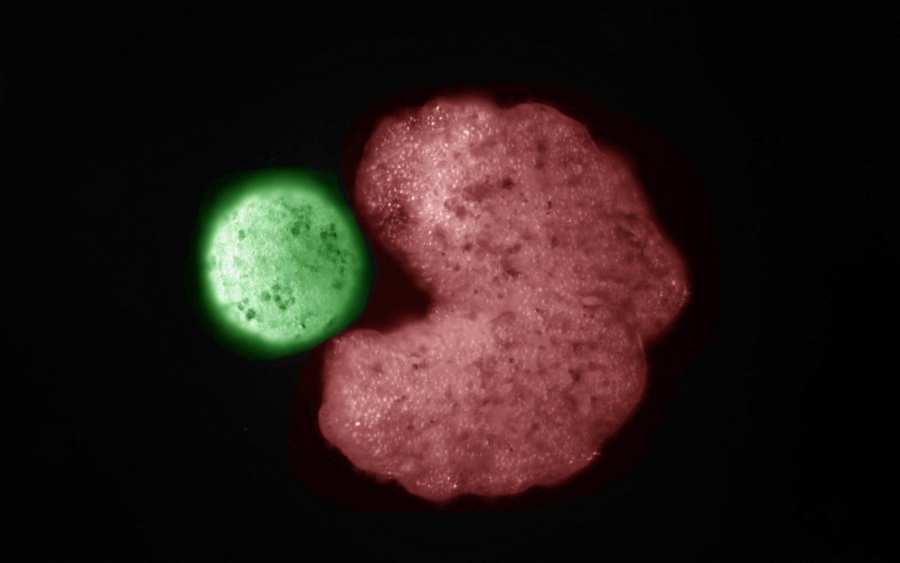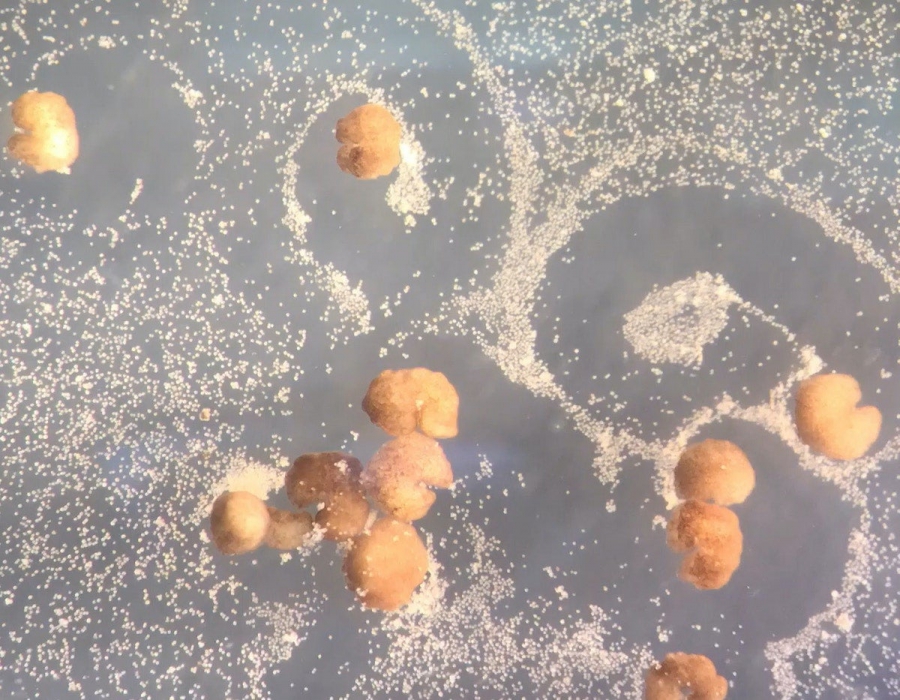WHAT IF ROBOTS CAN BREED?
American scientists created Pacman lookalike robots that can replicate.

Robots, as we all know, are a sign of technological advancement. Robots are mechanical devices that can only do physical tasks and have all the necessary programs to complete the job. Humanoid robots are a term used to describe robots that imitate humans.
On the other hand, the ability to reproduce is one of the most important characteristics that distinguish robots from organic things. Ironically, that distinction will no longer exist because an invention has been developed that will allow robots to reproduce.
In the year 2020, robots that can reproduce have been invented by American scientists. Originally designed to look like Pacman, Xenobots are artificial intelligence-based robots that can move and heal themselves.

Xenobots are robotic cells that allow themselves to proliferate. The African clawed frog, Xenopus laevis, was used to create Xenobot characteristics. The size is relatively small, measuring only 0.04 inches.
This Xenobot robot cell is being developed by scientists and specialists from all around the world. Several well-known universities, like the University of Vermont, Tufts University, and Harvard University, have created it and discovered a more spectacular form.
Metal and mechanics are no longer the only materials used to construct robots. Scientists extracted living stem cells from frog embryos and incubated them. It is also discovered that these robots can be made without genetic modification from organism cells.
The researchers observed Xenobots in lab dishes with room-temperature pond water and loose cells from frog embryos to make their inventions. Xenobots don't have any digestive system or neurons, and they naturally disintegrate after two weeks.
Frogs have a way of reproducing that they normally employ, but when the cells are separated from the rest of the embryo and given the opportunity to learn how to live in a new environment, they not only find out a new way to move, but they also appear to figure out a new way to procreate.
The Xenobots have healing skills in addition to their ability to move. The version in the current study could move around by using cilia, which are hair-like projections.
Limitations and future developments
According to Prof. Josh Bongard of the University of Vermont, a co-author of the research, anything that duplicates itself is considered to replicate.
Bongard and colleagues revealed that in research at the National Academy of Sciences that they found out that Xenobots are able to employ a method called kinematic self-replication, which has previously been seen in molecules but not organisms.

"At the dawn of life on Earth, kinematic self-replication of molecules was crucial," Bongard explained. "However, we don't know if this type of replication, which we currently observe in groups of cells, played a part in the genesis of life."
Xenobot robots reproduce by gathering wild cells, which then make young Xenobots, similar to how other living creatures reproduce by mating. Self-replicating mechanisms will be used by fellow Xenobots as well. They will work together by moving about in their surroundings.
"The Xenobots travel around in this corkscrew pattern in the dish, crashing into other loose cells and sort of smushing and pushing them into piles," Bongards explained.
The researchers discovered that because the cells are adhesive, they can create a new, moving cluster over five days if a pile is large enough: a child Xenobot. Unfortunately, this method of replication can only be used for a few generations. Therefore its replication is still limited.
"It turns out that these Xenobots will only reproduce once, producing children in one generation," Bongard said. "However, the children are too young and frail to bear grandkids."
However, the researchers also discovered that if the Xenobots were shaped into Pacman, replication continued for other generations using artificial intelligence.
"They don't turn into frogs; instead, they maintain the shape that we give them. And they appear and act extremely different from a typical frog," said Bongard.
#THE S MEDIA #Media Milenial #xenobots #robot can produce #robot can breed


























